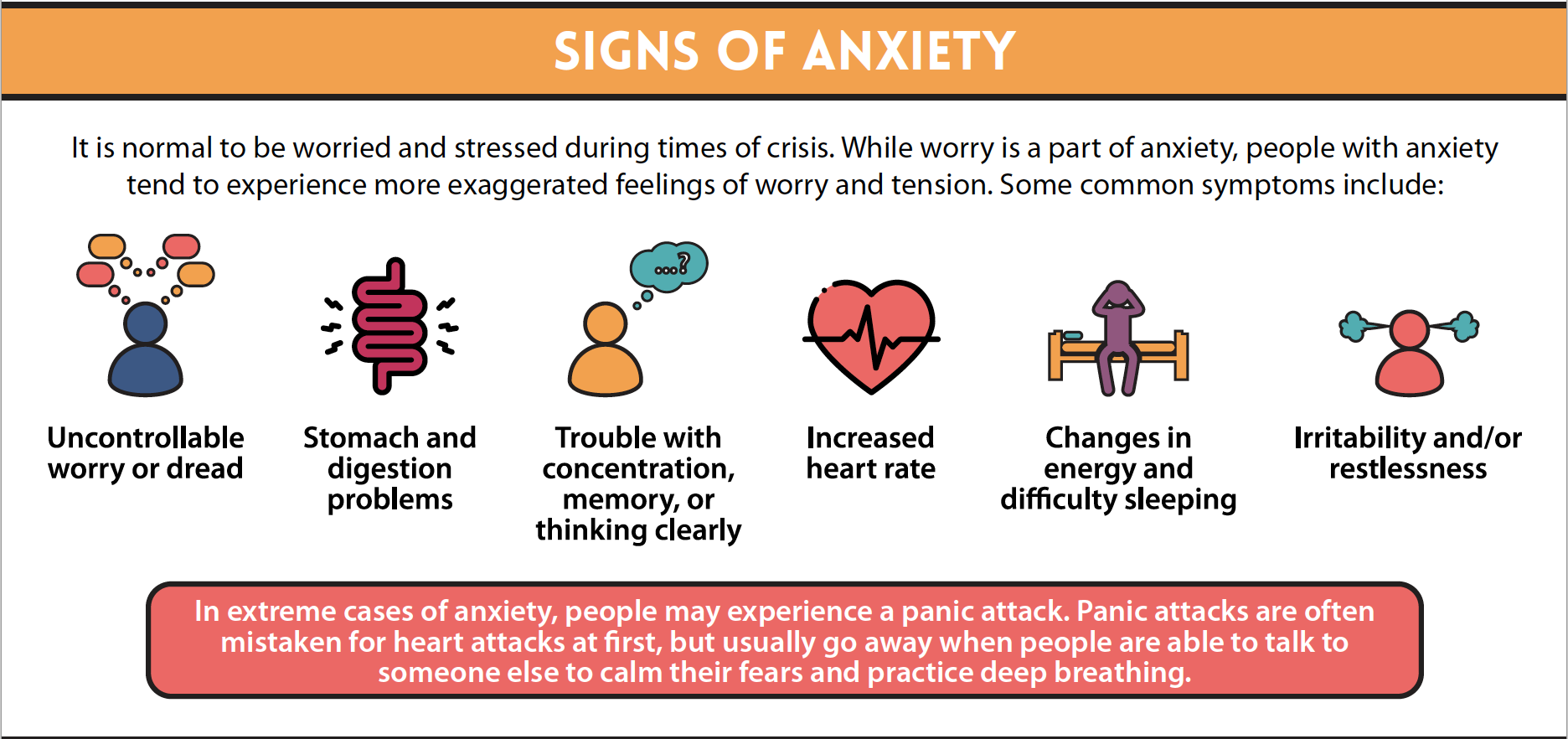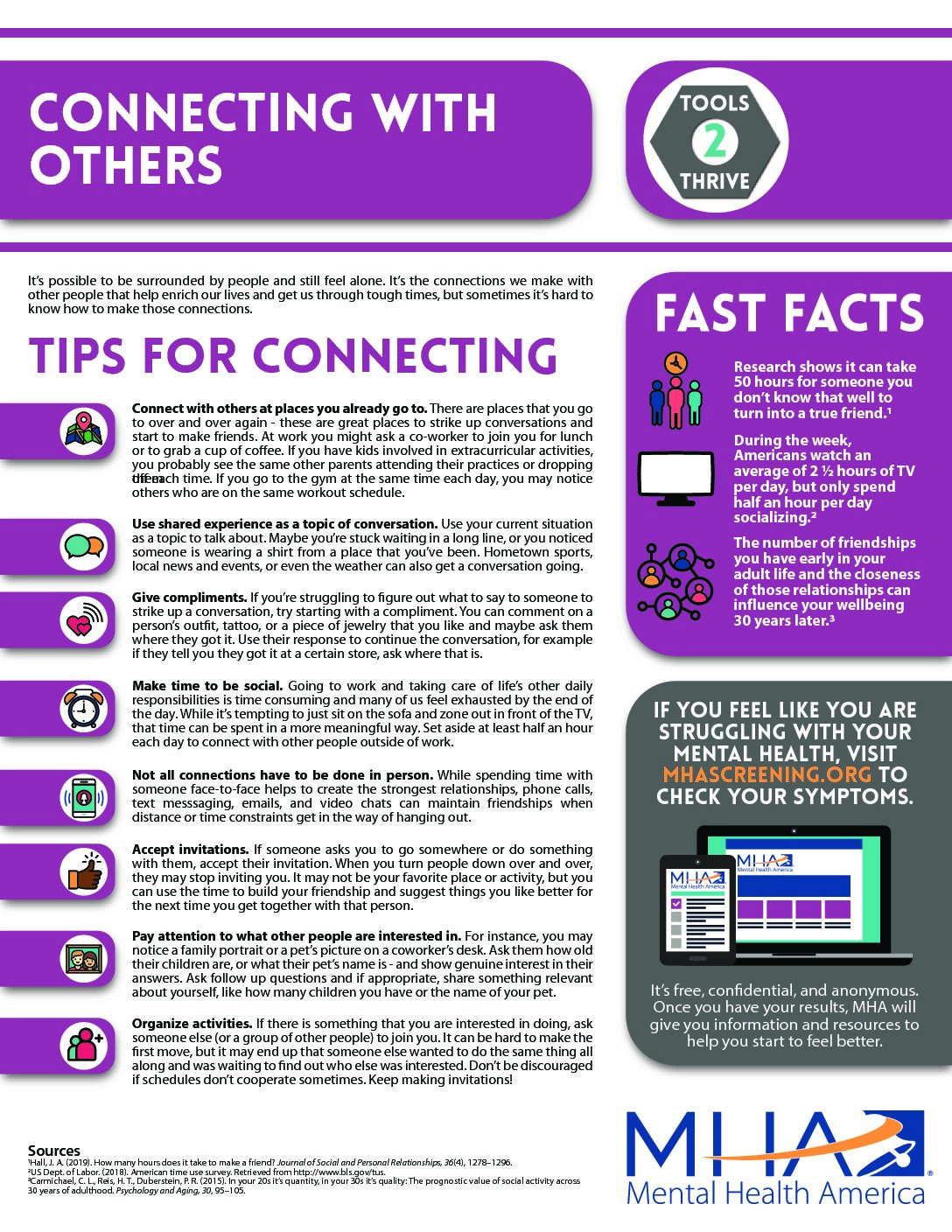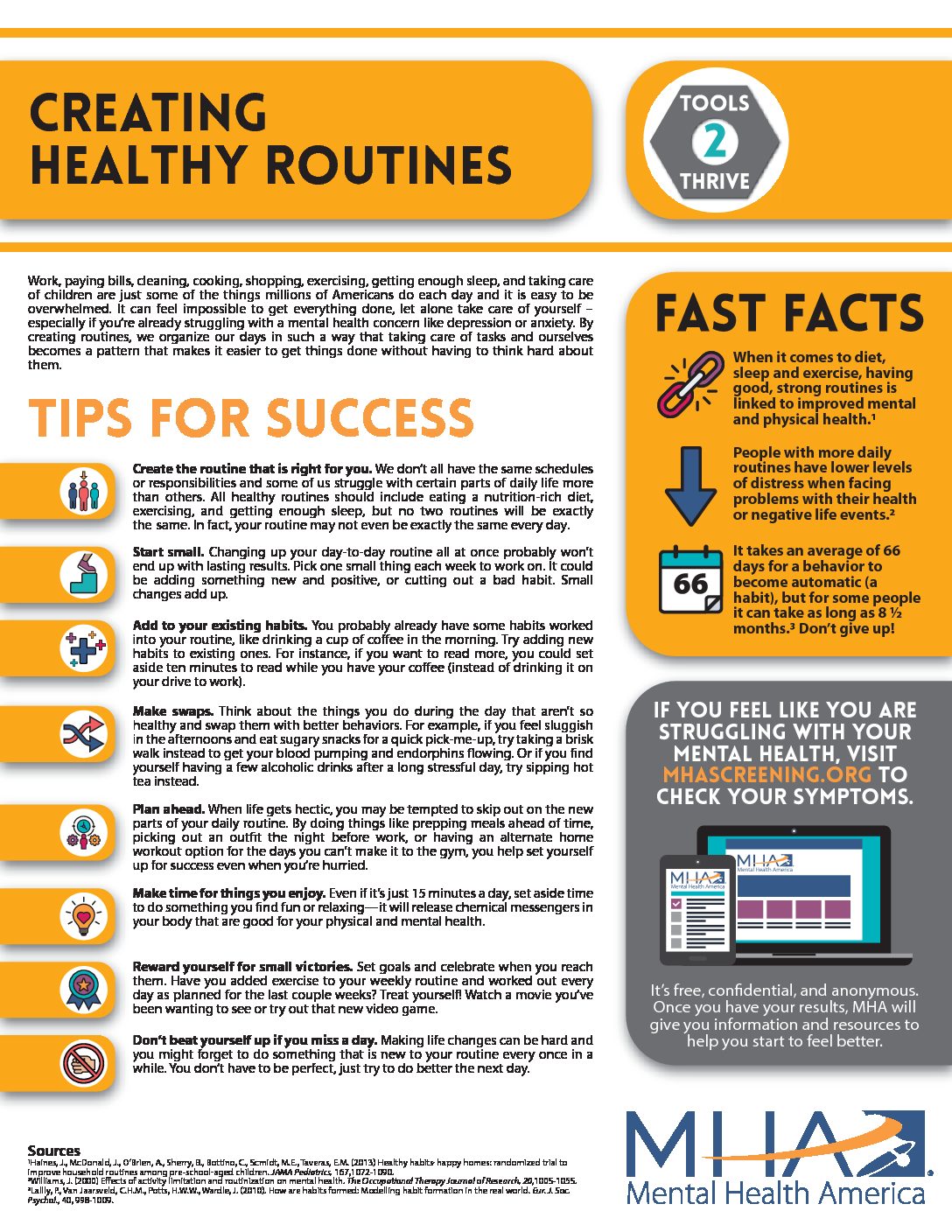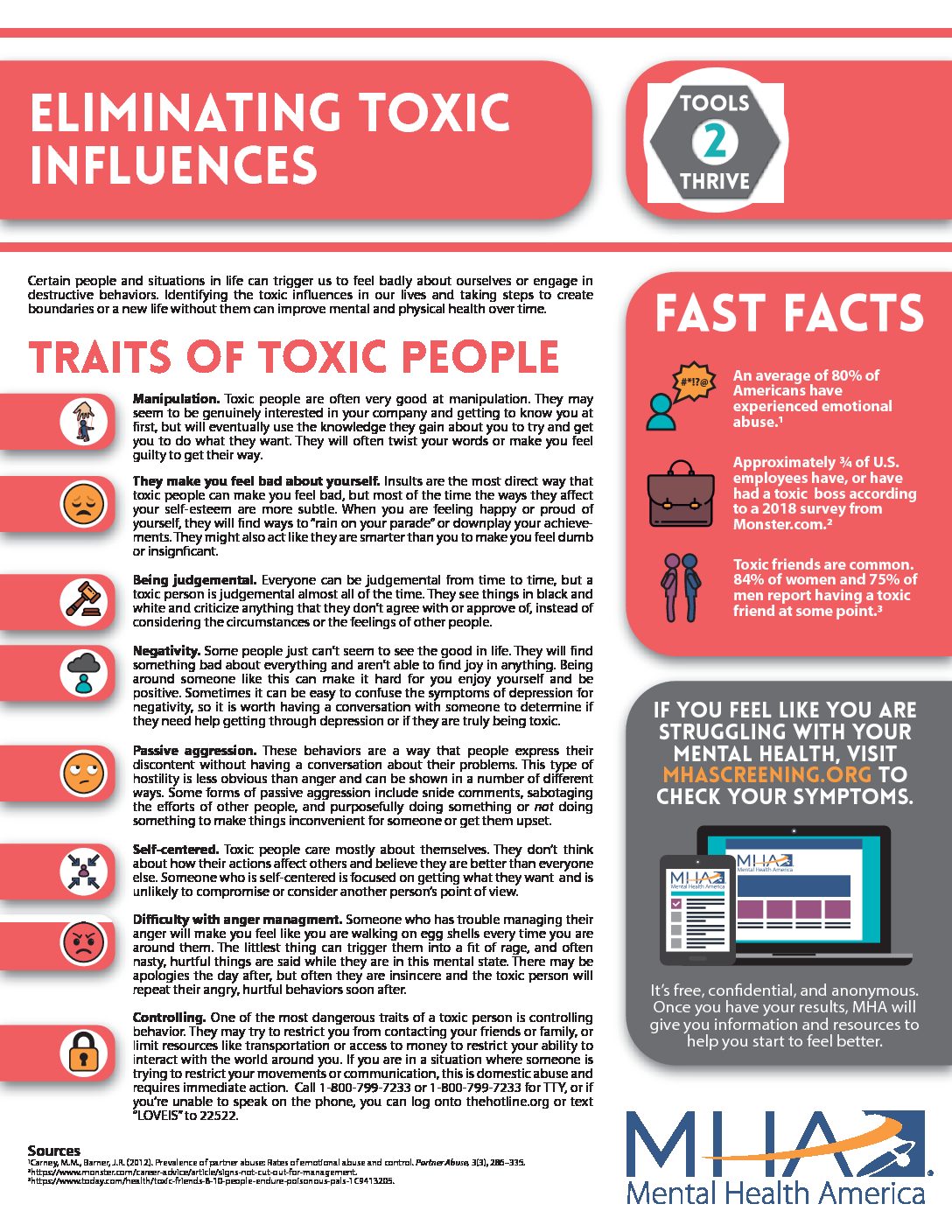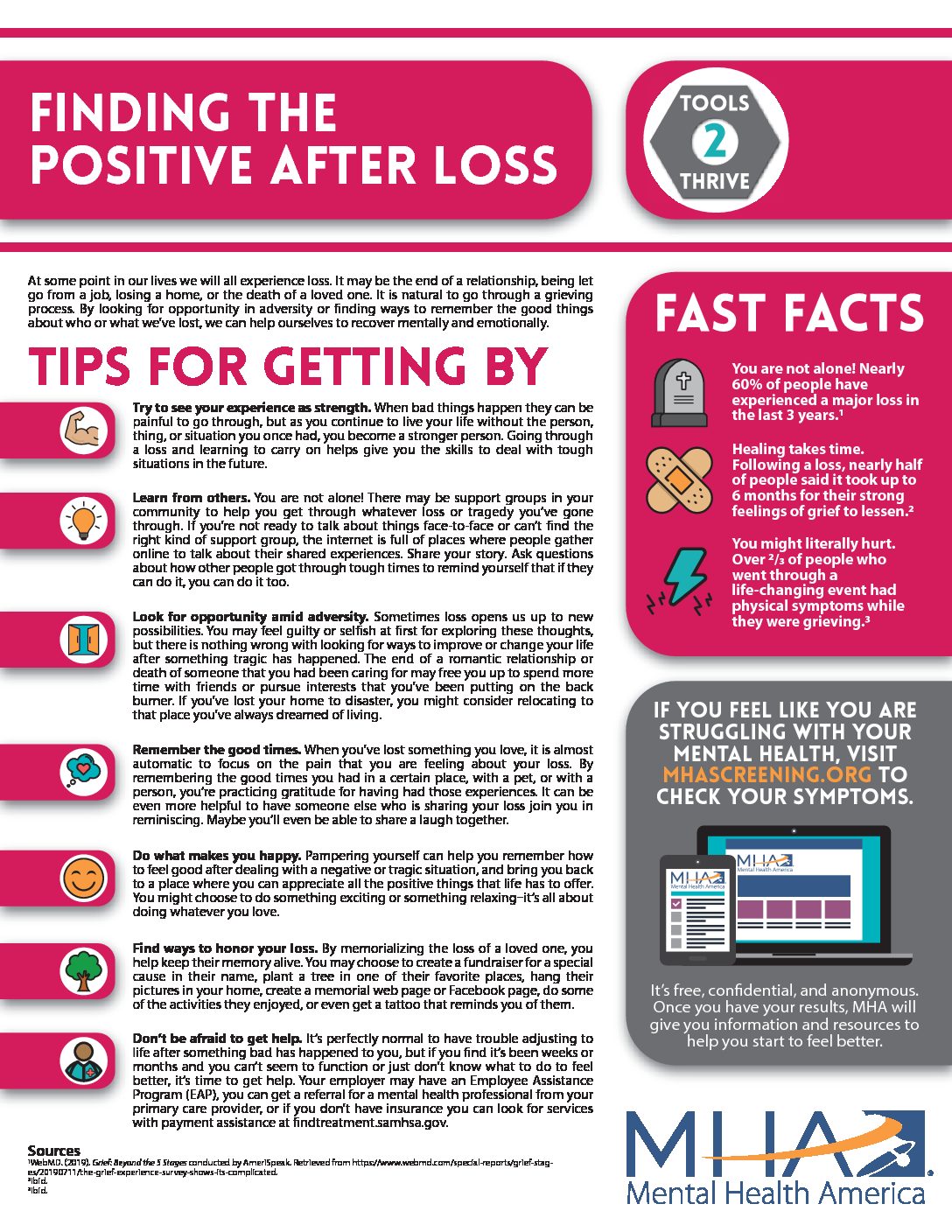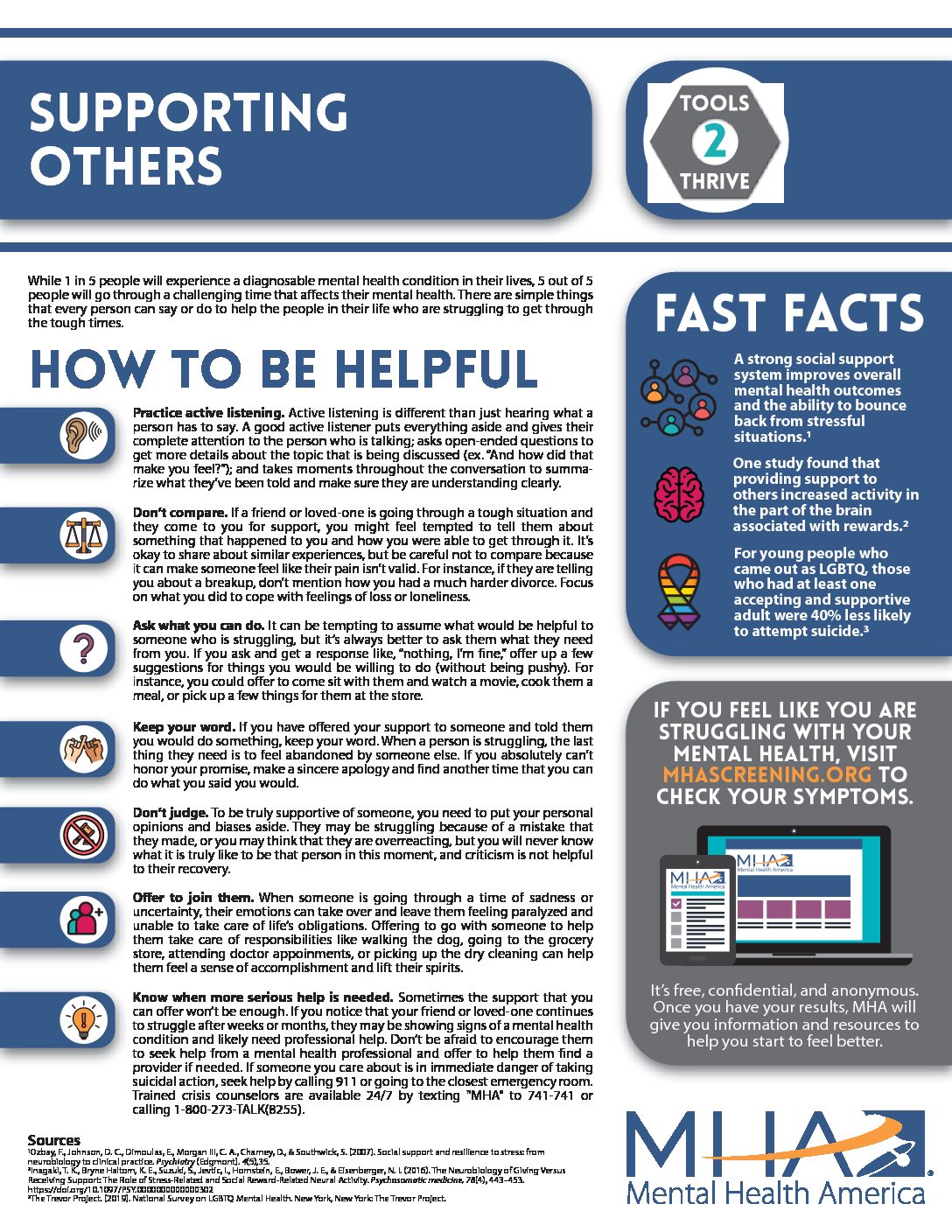Mental Health Information For Disease Outbreaks
Living With Mental Illness During COVID-19 Outbreak– Preparing For Your Wellness
This webpage provides information and wellness tips for individuals living with mental health conditions during the COVID-19 outbreak.
Medication Access During COVID-19
Changes and uncertainty surrounding COVID-19 can make it difficult to know what to do to make sure you have access to needed medications. Here are some tips and pieces of information to help you prepare and care for yourself or your loved ones
Compassion Fatigue, Empathy Burnout For Health Care Workers: Which Is It?
Compassion fatigue and empathy burnout for health care workers can be similar and can occur for anyone working with individuals who are experiencing physical and/or emotional stress.
Protective And Risk Factors For Toxic Stress
It is important to know the risk and protective factors for toxic stress. Recognizing and addressing toxic stress early can help us to increase protective factors and reduce its effects.
MHA’s Blogs on COVID-19
MHA has content on parents, workplace reintegration, tips for college students, policy recommendations, and more on COVID-19 in the Chiming In blog.
COVID-19 and Mental Health: What We Are Learning from www.mhascreening.org
A presentation of screening data and the impact that COVID-19 is having on mental health.
Coronavirus and Emerging Infectious Disease Outbreak Response
These fact sheets provide information and recommendations for healthcare personnel, families, leaders, and businesses to address the psychological and behavioral health impacts of the novel Coronavirus (COVID-19) pandemic.
Coronavirus Anxiety—Helpful Expert Tips and Resources
This page from the Anxiety and Depression Association of America provides COVID-19 resources, including videos, tips, and blogs on managing anxiety and coping.
COVID-19: Potential Implications for Individuals with Substance Use Disorders
This webpage from the National Institute on Drug Abuse provides guidance on special considerations for the health and basic needs of individuals with Substance Use Disorders during Coronavirus.
COVID-19: Accessing Critical Medications for Your Loved One
This webpage from the Partnership for Drug-free Kids provides guidance for those considering or using pharmacotherapy, also known as medication-assisted treatment, to treat their opioid use disorder who might be wondering how COVID-19 will impact their ability to get these critical medications.
COVID-19: Mental health in the age of coronavirus
An article from the United Nations with guidance on promoting mental health among different populations including caretakers, health care workers, leaders, people with children, older adults, and pregnant, breastfeeding women.
COVID-related Mental Health and Recovery Resources
A Guide from Tempest on companies and organizations that offer online support for individuals, including those with eating disorders and alcohol or substance use concerns.
Dermatillomania During COVID-19
Risk of COVID-19 may be anxiety inducing and you may be experiencing a harder time managing your Dermatillomania as a result. The CDC’s encouragement to “not touch your face” can be particularly hard and even triggering if you struggle with Skin Picking Disorder. Here are some ways to cope from the Picking Me Foundation.
Free and Low Cost Support for Individuals Living With Eating Disorders
The National Eating Disorders Association (NEDA) compiled free and low cost support options offer ways to connect with others and provide tools to promote recovery.
Frequently Asked Questions on Mental Health, Mental Illness, and COVID-19
The National Alliance on Mental Illness (NAMI) created a document to help guide individuals that have specific questions about their mental health situations.
Managing Stress and Anxiety related to COVID-19
This page from the Center for Disease Control and Prevention (CDC) provides tips for coping with stress and anxiety, including information focused on parents, first responders, and people who have been released from quarantine.
Mental Health Considerations during COVID-19 Outbreak
These mental health considerations were developed by the WHO Mental Health Department as support for mental and psychological well-being during COVID-19 outbreak.
Mental health and wellness during a public health crisis
Dr. LaGenia Bailey, former DBSA board member, discusses tips on how to stay well during this public health crisis. In this podcast, she addresses benefits of mindfulness practice, lifestyle habits, and ways to stay connected with others to avoid isolation.
Protecting Your Mental Health During the COVID-19 Pandemic
A message from Brandon Staglin, President of One Mind, on prioritizing wellbeing during COVID-19.
Resources for the OCD and related disorders community during the COVID-19 outbreak
This page from the International OCD Foundation provides information about COVID-19 for individuals with OCD and related disorders.
People with Disabilities, Medical Conditions & Older Adults
The Southeast ADA Center compiled resources specific for individuals with disabilities.
Shrink Speak: COVID-19 Crisis
In this special three-part COVID-19 Crisis series, Dr. Lieberman of Columbia University speaks with renowned experts who have expertise in relevant disciplines that pertain to this COVID-19 pandemic.
Tips For Social Distancing, Quarantine, And Isolation During An Infectious Disease Outbreak
This document from the Substance Abuse and Mental Health Services Administration (SAMHSA) provides information on the basics of staying safe and taking care of your mental health during infectious disease outbreaks.
When Home Becomes The Workplace: Mental Health And Remote Work
A Forbes article by Garen Staglin, Co-founder and Chairman of One Mind at Work, on how to avoid the common negative mental health effects of working from home.
How To Deal with Grief During Coronavirus
The Coronavirus pandemic has caused shockwaves all around the globe. Dealing with the loss of a loved one during this time is especially tragic, and experiencing grief about the loss of your normal routine can also be exhausting.
How-To Articles on COVID-19 from WIkihow
Wikihow provides a plethora of information about coping with COVID-19 in an easy to follow format.




